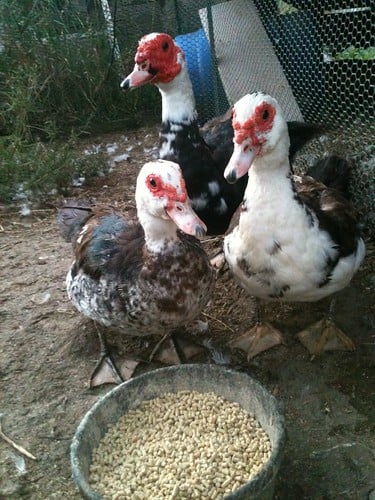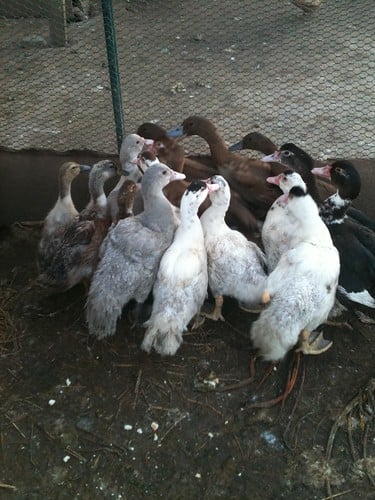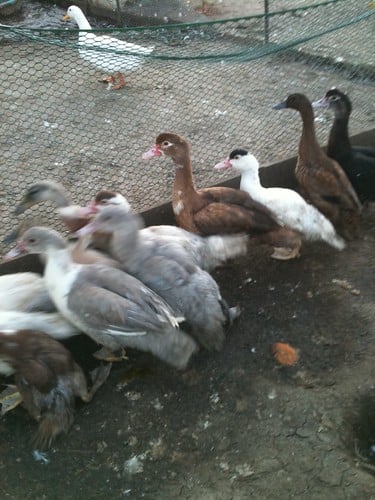Sorry about all the muscovy questions, I'm new to them and have a lot to learn. I purchased 6 "pied chocolate" ducklings off Craig's list last summer. When I got them i didn't think they looked chocolate or pied. I seen the parents and they are. They ducklings feathered out black with white bids. Any ideas why? I purchased a real chocolate one and a blue one a few weeks later. I was planning on breeding them to the black ones hoping to get other colors. Will I?
Last edited:






